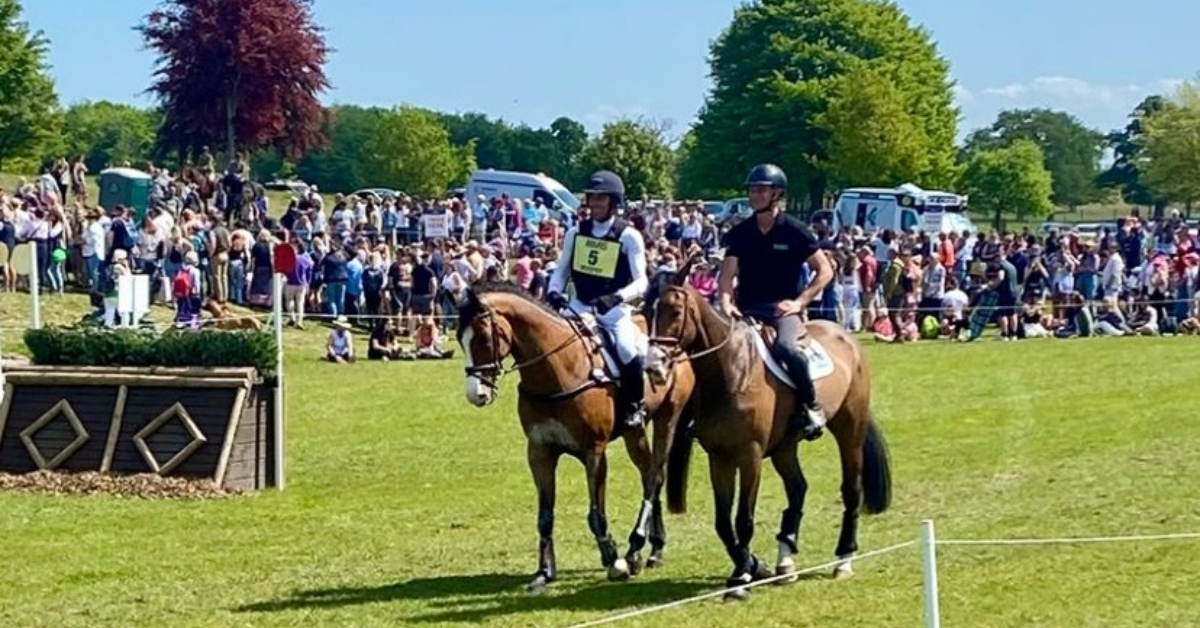As Singapore prepares to shut down its horse racing industry for good, questions are mounting over what this means for the horses, people, and wider equestrian world that have long depended on it.
The final race will be held on 5 October, and by 2027, the 120-hectare site at Kranji will be handed back to the government for redevelopment. The decision came suddenly—trainers were informed last June during a brief meeting. At the time, there were still around 700 horses in training.
The official reason given by the Singapore Turf Club (STC) points to a decade-long decline in attendance at the racecourse… but the effects of the closure will ripple far beyond that.
For many, the decision has brought a mix of sadness and uncertainty. The entire racing community is based at the site, and with the end of racing, their businesses and livelihoods are now in question. The racing industry has long been the backbone of Singapore’s equestrian scene, supporting multiple yards on STC land. Horse welfare, logistics, and the future of equestrian sport in Singapore all hang in the balance.
While the STC is offering S$12,000 (£7,020) per horse for relocation, it’s understood that the actual cost—especially for those being flown overseas—is far higher. Horses are already being exported globally, with many heading to Malaysia, Australia, and New Zealand, but questions remain over whether these destinations have the capacity to take in and care for so many.
Former racehorses like Easy Does It, who was flown to the UK, highlight the challenges involved. Louise Squires, who took him on in Singapore four years ago, said the closure is already starting to impact the supply chain for equestrian goods, such as feed, and demand for horse transport has spiked.
“It’s a real loss for those who’ve spent their lives with horses… they might not have that opportunity anymore,” she reflects.
For the Singapore Equestrian Federation, there are also concerns about the veterinary facilities at the turf club, which are currently used by sport horses. The federation is working hard to smooth the transition, but it’s clear this will not be a quick fix.
Jakki Harrison, who has been coordinating the retirement of racehorses to Europe under SG Racehorse Retirement, is facing a new set of worries. While some horses have been sent to France and Germany for retirement or retraining, she’s particularly anxious about those heading to Malaysia. The long-term welfare of these horses is uncertain, and Harrison believes more could be done to secure their futures, similar to the retirement provisions in place in Hong Kong.
As for those involved in the sport, emotions are understandably mixed. Dan Meagher, an Australian trainer who has spent 18 years in Singapore, admits to going through a range of emotions—from anger to acceptance. His string of 60 horses is down to just 16 in Singapore now, with many heading to Europe for retirement. Meagher is preparing to move back to Australia, but remains focused on looking after his horses and staff… some of whom have been with his family for years.
In the end, while the government’s decision to repurpose the land is understandable, it’s hard to ignore the void this will leave behind. The end of racing in Singapore doesn’t just mark the closure of a racecourse… it is a worry, it is a fairly big shift and will set alarm bells ringing for a lot of the equestrian community down there.
Racing has done a lot to improve its image and public perception but this is worrying. Sure, there’s more to do but decisions like this aren’t good… the last thing we need in dominos falling.
Until Next Time,
Shane


Share
Your subscription is 100% Free for our first year, No credit card details required.

The Judging Concerns That Keep Coming Back — And Why They Can’t Be Ignored Anymore We didn’t make it to

There are few sporting events that live up to the hype. Wimbledon? Too many strawberries. Cheltenham? Too many suits. But

British Veterinary Association publishes full response to Competition and Markets Authority’s proposed remedies for veterinary market for household pets. The